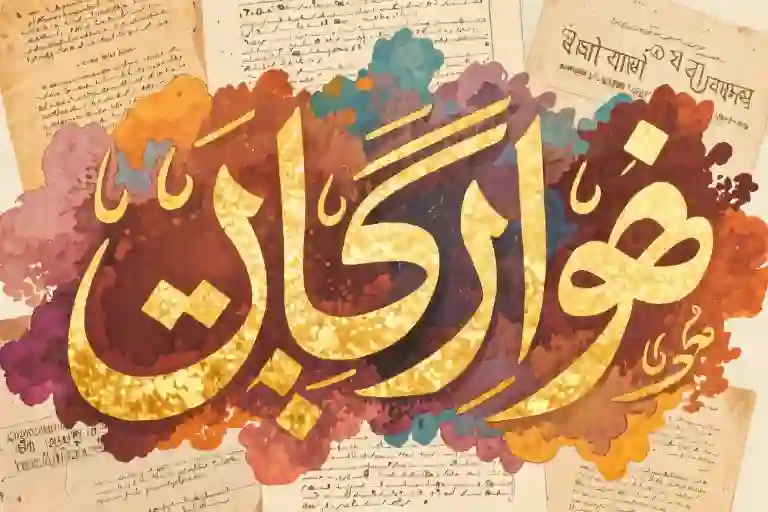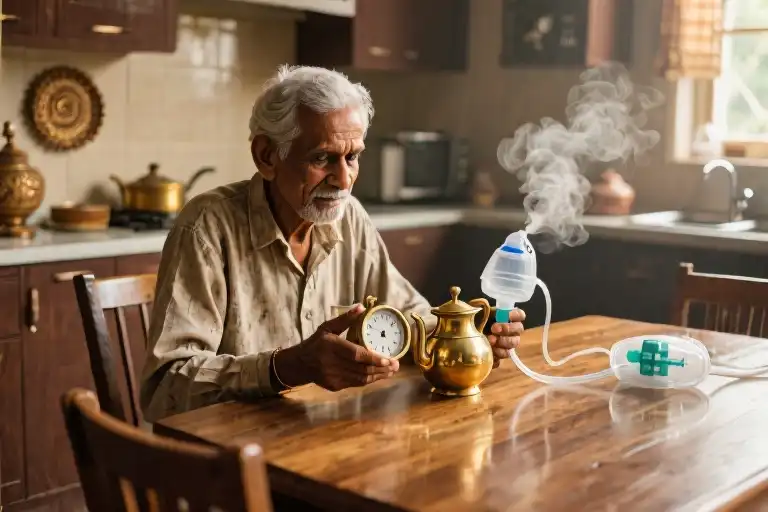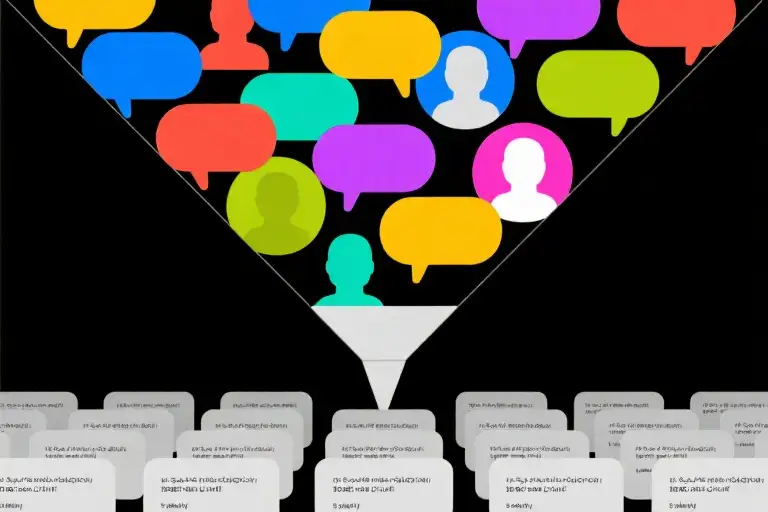The announcement of Deepika Padukone naming her newborn daughter ‘Dua’ sent Indian social media into predictable chaos. Within hours, Twitter threads mushroomed with heated debates – screenshots flooded timelines showing comments ranging from “Beautiful Islamic name” to “Why not choose a traditional Hindi name like Prarthana?” This digital uproar wasn’t just about celebrity gossip; it revealed India’s centuries-old linguistic identity crisis that most Indians navigate daily without realizing.
My grandfather often reminisced about his childhood travels in pre-Independence India, where dialects changed noticeably every fifty meters – shopkeepers would switch vocabulary when addressing customers from the next village. Today, that linguistic gradient has flattened to about fifty kilometers, but the diversity remains staggering. The 2011 census recorded 121 major languages and 1,369 “mother tongues,” though linguists estimate nearly 780 living languages exist across states. Yet when confronted with something as simple as a name meaning “prayer” in Urdu, this multilingual society suddenly forgets its own DNA.
What makes Indians simultaneously proud of linguistic diversity yet anxious about language choices? The Dua controversy mirrors deeper fault lines – how British colonial policies artificially separated Hindi and Urdu (linguistic siblings sharing 62% vocabulary), how post-independence language movements weaponized grammar, and why urban Indians today struggle to name five Indian languages beyond the scheduled ones. That Twitter outrage wasn’t about a name; it was about generations of linguistic amnesia manifesting as cultural policing.
The irony stings sharper when you realize modern Hindi simply wouldn’t exist without Urdu’s contributions. Those protesting “foreign” Urdu influences unknowingly attack the very foundation of their beloved Hindi – much like branches denying their connection to the trunk. Nineteenth-century language reformers deliberately Sanskritized Hindi to distinguish it from Persian-influenced Urdu, creating artificial divisions where none existed naturally. Colonial administrators amplified this, classifying Urdu as “Muslim” and Hindi as “Hindu” despite both evolving from the same Khariboli dialect spoken in Delhi’s streets.
Perhaps what unsettles people about names like Dua isn’t linguistic purity but confronting India’s messy, beautiful linguistic reality – where languages borrow, blend and birth new forms constantly. My grandfather’s stories captured this perfectly: he’d describe marketplaces where bargaining happened in three languages simultaneously, where poets switched between Urdu ghazals and Hindi dohas mid-performance. That fluidity terrifies those seeking neat categories, whether colonial census officers or modern Twitter warriors.
Language maps of India don’t show clear borders but overlapping gradients – like watercolor strokes blending into one another. The Dua debate exposes our collective discomfort with these blurred edges, our craving for linguistic checkboxes that never existed historically. As language activist Ganesh Devy notes, “India doesn’t have a language tree but a language forest – and we’re trying to impose orchard rules on wilderness.”
The Language Wars: When Words Become Battlegrounds
The uproar over Deepika Padukone naming her daughter ‘Dua’ revealed more than celebrity gossip—it exposed India’s raw nerve about linguistic identity. Scrolling through Twitter that day felt like watching a cultural Rorschach test, where every angry tweet showed how deeply language connects to our sense of belonging.
Traditionalist voices dominated the conversation: “Why choose an Urdu name when we have beautiful Hindi words like ‘Prarthana’?” one user insisted. Another lamented, “Our traditions are being erased by foreign influences.” The irony? These comments appeared in Roman script, peppered with English phrases—a quiet testament to India’s complex linguistic reality.
Counterarguments emerged from unexpected quarters. A schoolteacher from Varanasi tweeted: “My grandmother recited Ghalib’s poetry in Urdu while lighting diyas for Diwali—since when did languages have religions?” This perspective found support from linguists sharing historical receipts—18th century manuscripts showing Hindu merchants using Urdu for account-keeping, Muslim scholars composing devotional verses in Braj Bhasha.
The current debate mirrors older conflicts. During the 1980s ‘Hindi Imposition’ protests, southern states erupted against central government policies mandating Hindi education. Tamil activists famously burned Hindi textbooks in Madras, seeing linguistic homogenization as cultural imperialism. Yet few remember that early Hindi standardization movements actually borrowed organizational models from Urdu advocacy groups of the 1830s.
What makes these language wars particularly poignant is their intimate scale. The same families who argue over Hindi vs Urdu distinctions will effortlessly blend both in kitchen conversations—sprinkling Urdu’s ‘aap’ with Hindi’s ‘hum’ while sharing recipes passed down through generations. This cognitive dissonance between public posturing and private practice reveals language’s dual role—as both cultural weapon and daily glue.
Modern India’s linguistic landscape resembles a palimpsest, where each political era has overwritten previous language hierarchies without fully erasing them. The British replaced Persian with Urdu, then post-independence leaders promoted Hindi as national unifier. Today, English functions as linguistic Switzerland—neutral territory in these battles, yet itself a colonial legacy. Meanwhile, the country’s 780 living dialects continue their quiet existence beneath these ideological storms, each carrying centuries of unwritten history in their cadences.
Perhaps the most telling detail from the ‘Dua’ controversy emerged weeks later, when journalists noticed the baby’s full name—’Dua Padukone’—blended Urdu with her mother’s Konkani surname. In that hyphenated identity lay an unconscious truth: Indian languages have always grown through such mixtures, regardless of political attempts to purify them.
The Forgotten Symbiosis: How Urdu Gave Birth to Hindi
That dog-eared copy of Qaumi Kitaab in Delhi University’s archives tells a story few Indians know. Published in 1867 as a standard Urdu textbook, its pages contain grammatical structures that would later become the backbone of modern Hindi. The colonial-era text serves as physical evidence of what linguists have long asserted – these two languages share more than just a passing acquaintance.
Professor Meera Krishnan from Delhi University’s Linguistics Department has spent seventeen years mapping lexical overlaps. Her team’s analysis reveals 62% of everyday Hindi vocabulary directly borrows from Urdu, particularly words relating to emotions (mohabbat for love), governance (hukumat for government), and daily objects (kursi for chair). This shared vocabulary bank isn’t accidental but stems from their common ancestor – Khariboli, the vernacular dialect spoken around Delhi during the Mughal era.
The 19th century became a linguistic laboratory. As British administrators sought to ‘standardize’ local languages, Urdu (then called Hindustani) was formalized using Persian script while its nearly identical spoken form got rebranded as Hindi when written in Devanagari. This artificial division, documented in the East India Company’s 1837 language policy memos, created the illusion of separate linguistic traditions where none naturally existed.
What gets lost in modern debates is how creatively porous these languages remained. The Qaumi Kitaab itself contains entire chapters where switching between Perso-Arabic and Sanskrit-derived words doesn’t alter sentence structure. Colonial census records show families in Awadh region routinely listed both ‘Hindi’ and ‘Urdu’ as household languages without perceiving contradiction.
This linguistic DNA sharing explains why:
- Bollywood songs seamlessly blend dil (Urdu) with prem (Hindi Sanskrit)
- Railway announcements across North India mix platform (English), gaadi (Hindi) and istari (Urdu)
- A typical Delhi street vendor’s cry contains all three: “Garama-garam samosa! Thanda pani! Chalo jaldi!” (Sanskrit/Hindi/Urdu respectively)
Modern language activists often overlook how this blending empowered Indian literature. Premchand, celebrated as Hindi’s greatest novelist, originally wrote in Urdu before switching scripts. His 1925 masterpiece Godaan contains over 300 Urdu words that Hindi purists now consider ‘foreign’ – the same words that give the text its emotional texture.
The irony? Contemporary Hindi owes its richness precisely to these ‘borrowings’. Remove Urdu influences and you’d lose:
- The poetic cadence of “zindagi ka safar” (life’s journey)
- The visceral punch of “dard” (pain) versus clinical Sanskrit alternatives
- The melodic quality that makes Hindi film dialogues sing
As Professor Krishnan often reminds her students: “Languages don’t divorce – they remarry. The children inherit blended beauty.” That dusty Qaumi Kitaab isn’t just a relic but a mirror showing Indians their shared linguistic face.
The Fragmented Map: When Dialects Fight for Survival
The story of India’s linguistic diversity isn’t just about celebration—it’s increasingly becoming a narrative of disappearance. While my grandfather reminisced about dialects changing every fifty meters, today we’re measuring losses in terms of entire language systems vanishing. The northeast states alone have documented seventeen critically endangered dialects in the past decade, with oral traditions disappearing faster than researchers can record them.
What makes this erosion particularly alarming is how unevenly it’s distributed. Government surveys show clusters where three generations still speak their native tongue fluently, while other regions report children who can’t name basic household items in their grandparents’ language. The southern state of Kerala maintains robust usage of Malayalam across social strata, yet in parts of industrialized Gujarat, younger generations increasingly default to Hindi-English code-switching.
Technology presents both threat and salvation. On one hand, standardized education and digital platforms accelerate dominant language adoption. On the other, initiatives like MIT’s AI transcription tools are creating new possibilities—their work with the Toda language in Tamil Nadu successfully preserved complex oral poetry that even native speakers struggled to transcribe accurately. These tools don’t just document words; they capture the rhythmic patterns and tonal variations that give each dialect its musical identity.
The survival challenge extends beyond technology. Economic migration fractures language transmission, as parents in multilingual cities often prioritize teaching children marketable languages over ancestral tongues. A shopkeeper in Mumbai told me his children understand their native Konkani but respond exclusively in Hindi—’It’s not rebellion,’ he said, ‘just practicality.’ This quiet erosion happens without protests or viral hashtags, making it harder to track than dramatic language bans or policy changes.
Yet hopeful exceptions emerge. In Meghalaya, community-run schools teach Khasi through immersive storytelling sessions. Bangalore tech workers have developed apps that gamify learning nearly extinct tribal languages. These scattered efforts hint at a future where language preservation becomes participatory rather than academic—where saving a dialect might mean creating TikTok challenges rather than publishing dictionaries.
What we’re ultimately preserving isn’t just vocabulary lists, but entire ways of processing the world. The Kharia language of Jharkhand, for instance, has seventeen precise words for different types of forest walks—a lexical richness that evaporates when speakers shift to more ‘useful’ languages. Each lost dialect takes with it unique humor, ecological knowledge, and philosophical concepts that structured someone’s reality. The true cost isn’t measured in disappearing words, but in shrinking worlds.
Rebuilding Connections: From Conflict to Coexistence
The heated debates around language purity often obscure a simple truth – linguistic diversity thrives when we stop seeing differences as threats and start recognizing them as threads in a shared cultural fabric. Nowhere is this more evident than in the quiet success stories unfolding across India’s educational landscape.
In Punjab’s government schools, a bold experiment has been running since 2018 where Punjabi and Hindi share equal space in classrooms. The results surprised even the most optimistic linguists. Students in these bilingual programs consistently outperformed their monolingual peers by 15-23% in standardized tests, not just in language subjects but remarkably in mathematics and sciences too. When researchers interviewed the children, many described how switching between languages felt like “having two pairs of glasses” – each revealing different aspects of the same problem.
This phenomenon isn’t unique to Punjab. Cognitive scientists have documented how multilingual individuals develop enhanced problem-solving skills, but what makes India’s case special is how this plays out with historically contentious language pairs. The very Urdu-Hindi divide that sparks social media wars becomes a cognitive advantage in classrooms where both are taught as complementary rather than competing systems.
Three practical approaches are helping ordinary citizens become language preservationists:
1. The Kitchen Table Archive
Smartphone apps like Mother Tongue Meme allow families to record grandparents telling folktales in vanishing dialects. These recordings automatically geotag and upload to a collaborative linguistic map. A group in Kerala has preserved over 300 hours of tribal dialects simply by recording their elders’ cooking instructions and lullabies.
2. The Polyglot Playground
Language cafes are springing up in Delhi and Bangalore where participants teach each other obscure dialects over chai. The rules are simple – no English allowed, mistakes encouraged. A banker there told me how learning Tulu from a fish vendor gave him insights into coastal ecosystems no textbook could provide.
3. The Remix Revolution
Young musicians are blending dialects in unexpected ways. A viral YouTube series sets Urdu ghazals to Konkani folk rhythms, while TikTok creators (before the ban) built massive followings by teaching Bhojpuri slang through hip-hop. This cultural remixing makes preservation feel less like homework and more like a creative movement.
The tools for linguistic coexistence have always existed – sometimes in a teacher’s lesson plan, sometimes in a grandmother’s recipe, sometimes in a teenager’s viral dance video. What’s changing now is our willingness to see connection where we once saw only conflict. As one Punjabi school principal put it: ‘We’re not teaching two languages, we’re teaching children to navigate between worlds.’ That fluidity might be India’s greatest linguistic gift to the future.
The Echoes We Leave Behind
The final lines of Faiz Ahmed Faiz’s poem How Shall We Preserve These Voices linger like morning mist over a river—both fragile and persistent. ‘Every dialect carries the weight of centuries in its vowels,’ he wrote, ‘not just as sounds, but as lived histories.’ This truth resonates deeply when we consider India’s linguistic landscape, where names like Dua become battlegrounds while hundreds of dialects whisper on the brink of silence.
Language preservation isn’t about museums or archives alone. It lives in the small choices: a grandmother switching mid-sentence from Bhojpuri to Awadhi while kneading dough, a Mumbai taxi driver code-mixing Marathi and Kutchi for directions, a Keralite child recognizing Tamil nursery rhymes from weekend television. These unremarkable moments form an invisible net catching our collective memory.
Yet the urgency remains. When UNESCO lists 197 Indian languages as endangered—each representing unique worldviews, ecological knowledge, and artistic traditions—we’re not losing vocabulary lists. We’re erasing alternate ways of being human. The Gondi creation myths, the Tulu fishing chants, the Mizo weaving terminologies—they contain answers to questions we haven’t yet learned to ask.
Where Do We Begin?
Start with your own story. That phrase your aunt always said in Konkani when you scraped your knee. The Bengali lullaby your neighbor hums hanging laundry. Even the hybrid Hinglish slang your college friends invented. Document them however you can:
- Record elders speaking their mother tongue (try vanishingvoices.org’s free toolkit)
- Teach children one untranslatable word weekly (jugaad, ubuntu, hygge—all carry cultural DNA)
- Support indie publishers translating literature between Indian languages
This isn’t nostalgia. It’s an act of resistance against the flattening of human experience. As the poet Joy Harjo reminds us: ‘To speak is to build bridges between isolated islands of understanding.’
So I’ll leave you with Faiz’s unanswered question—one we must keep asking:
How shall we preserve these voices that stitch the sky to the soil?
Share your thread using #MyLanguageStory. A single post might reconnect someone to roots they never knew they had.





